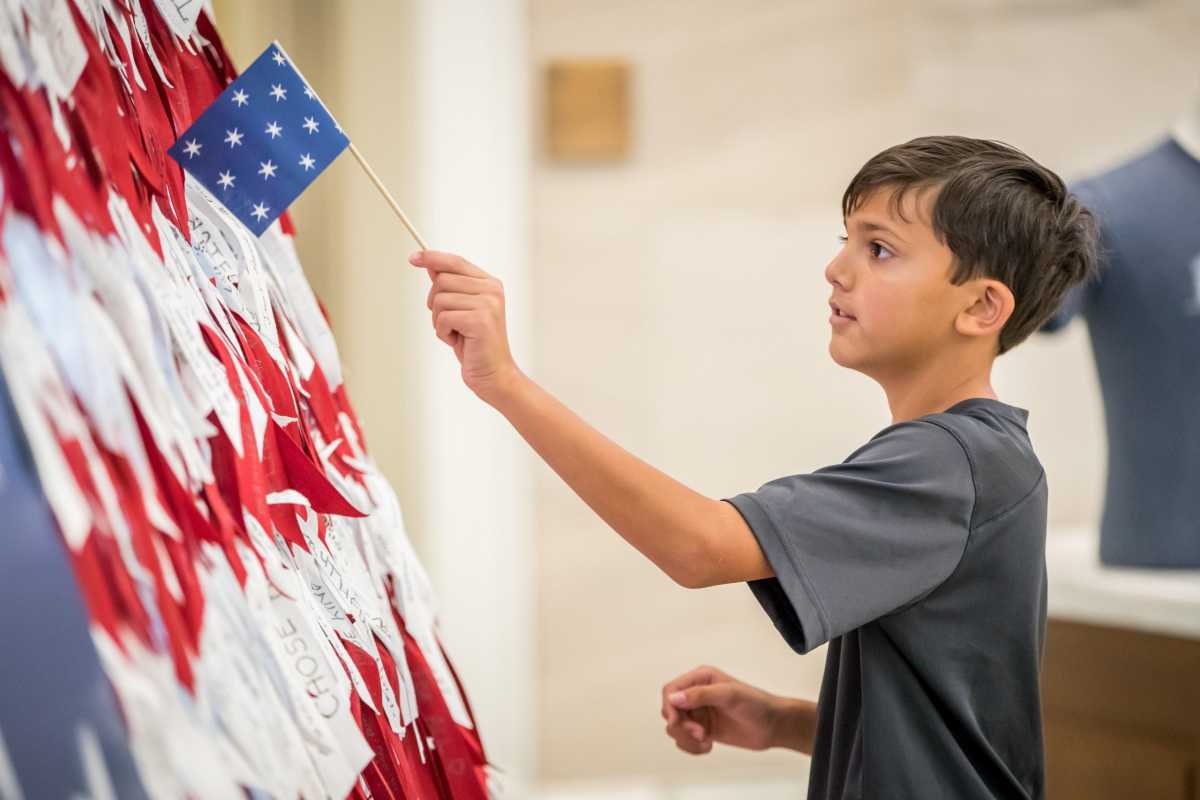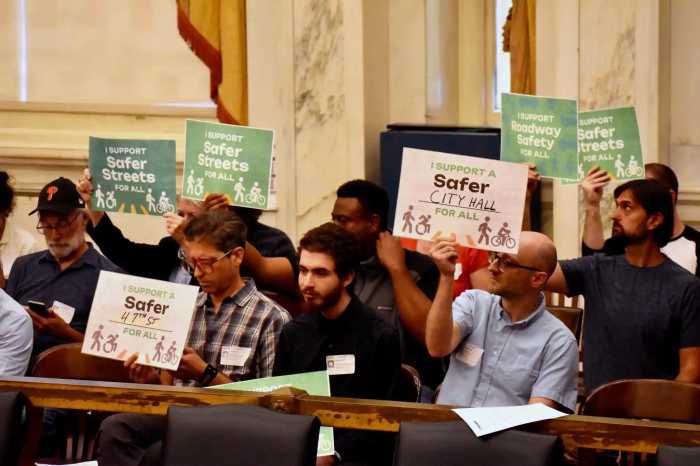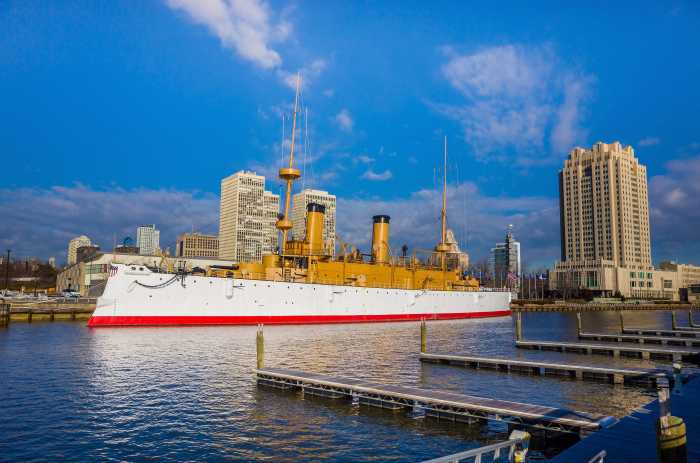With the 250th anniversary of the Declaration of Independence coming up, the year 2021 marks an important moment in our country’s history. Not just for what it meant years ago either, but for what the past can teach us about our present and our future as well.
In the Museum of the American Revolution’s latest exhibit, ‘Flags and Founding Documents,’ more than 40 American flags will be displayed alongside a rare printing of the U.S. Constitution and other historic documents that ultimately showcase the nation’s evolution.
“‘Flags and Founding Documents’ plays into the idea [of having] guests think about our nation’s history over the past 250 years and really entering into conversations about the trials and tribulations that the nation has gone through over the past few centuries,” says Curator of Exhibitions for the MOAR Matthew Skic. “Also, the great revolutionary aspects of our nation’s history and thinking about the legacy of the Revolution and how that legacy is still influencing our lives today.”
With this exhibit, Skic explains that guests will get a visual narrative of America’s national story by highlighting historic states’ constitutions as well as the federal constitution, some of which has come from the collection of the Dorothy Tapper Goldman Foundation. These documents are displayed with pieces from collector Jeff Bridgman along with a few others as well. In total, there are 43 documents and 43 flags that are arranged in star count from 13 all the way up to 50—and a few more that have an even greater count, with the earliest flag dating back to 1800.

Some flags in this showcase also display something called an exclusionary star count, for example, pieces that show the removal of the Confederate States during the Civil War. Some have other interesting star patterns, like a 50-star flag where a number of the stars were removed to create a peace symbol during the Vietnam War to protest.
“Through these flags and the documents nearby, we get a sense about those very challenges that the American people faced and dealt with for nearly 250 years of history,” explains Skic. “From the Civil War, to fighting for increased Civil Rights for African Americans and for women in this nation.”
The curator also talks about the Wyoming constitution, which was one of the earlier state constitutions that allowed women to vote at a time when few were even considering that idea. It’s an interesting way to tell that story and it’s what Skic calls “visually rich.”
The MOAR knows well the journey regarding women suffrage. Their last exhibit, which opened in the fall of 2020 and closed this spring, ‘When Women Lost the Vote: A Revolutionary Story 1776-1807,’ went into the story of how women and free people of color were legally allowed to vote in Revolutionary-era New Jersey before political conflicts led to those rights being stripped away in 1807. ‘When Women Lost the Vote’ featured more than 65 original objects including textiles, manuscripts, and works of art, and brought to life the forgotten stories of the women who first pioneered the vote. Also featured in the exhibition were several of the recently discovered poll lists that featured the names of 163 female voters and four Black male voters, tracked down by the Museum’s curatorial team during an extensive examination of voter records. Prior to this discovery, little proof of women or people of color voting during this period was known to exist.
But for now, this latest exhibit goes deeper into how the past affects our present and future, as does the MOAR’s other current project which recreates Revolutionary War Ship flags, the “True Colours Flag Project.”
‘True Colours’ is part of the Museum’s seasonal program titled ‘Revolutionary Summer’ where they are exploring some of the themes from the exhibit. This project is more of a hands-on approach focusing on the programmatic aspect of the meaning and the symbolism of flags during the Revolutionary Era.
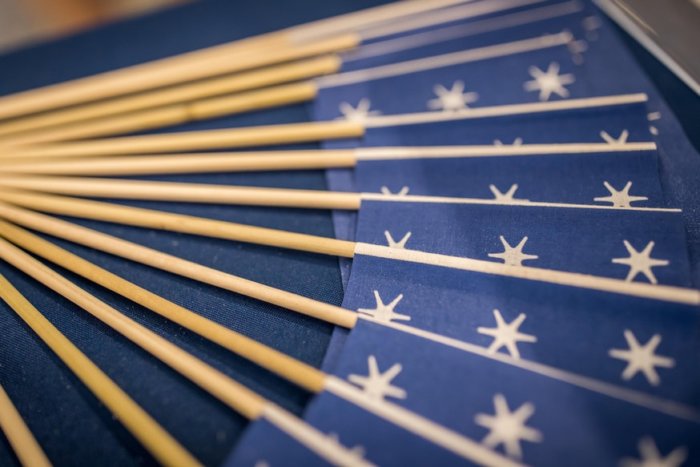
“It’s recreating a suit of colors of an American privateer or a naval vessel would have carried during this period. All of these flags were made by women and artisans around the country who used their skills to recreate them,” says Skic. “It’s a really amazing way to think about how flags are used in a practical sense by a naval vessel, but also to think about what their symbolism is… When visitors encounter these flags they’re not just going to see American flags, but also a flag from Spain, Sweden and The Netherlands.”
The reason American vessels would carry other countries’ flags was two-fold: When they entered a foreign port, it was often a sign of respect to fly the nation’s flag that you were entering and then right before battle at sea, the vessel would raise those flags to disguise itself when they approached an enemy vessel, and then before firing raise its true colors and identify itself as an American vessel.
“It pairs well with our reproduction of privateer sloop that our visitors can walk on in the core exhibit. These flags will be on display periodically throughout the summer on the side of the building and some for up close looking for visitors. It’s also a good opportunity to learn about women in Philadelphia and other cities in the Rev war who contributed to making these flags and contributed to the fight for independence in the 1770s and 80s,” continues Skic.
The Museum will offer family-friendly activities planned in the gallery themed to the exhibit including a make-your-own flag activity using a felt board and different pieces of felt with symbols they can put together. There will also be a family activity guide connected to the exhibit as well as pop-up talks and educators in the space to help answer questions.
Both exhibits are open until Labor Day, and the Museum will be having various evening programs as well.
“Understanding our past is helping us to understand our present and future,” finishes Skic. “What we’ve seen in the news with the [past] election, [are] constitutional challenges happening… Each state has their own constitution and each one is a little bit different. This exhibit gives answers as to why that is and why each state having its own different constitution is a legacy of the American Revolution. The flags that are on display speak to that. We’re also seeing how to this day why flags in many forms are so politically charged and so important in movements that have happened for increasing civil rights and fighting against injustice. We see that from flags in the past from the Civil War era and from the Civil Rights era in the 60s and 70s. We see that flags were also used then to send political messages and to make statements and it’s showing that the conversations we’re having today, Americans have had for a long time and there’s no right answer to what’s the right path forward… That’s an ongoing debate as part of our long-going experiment in liberty and self-government.”
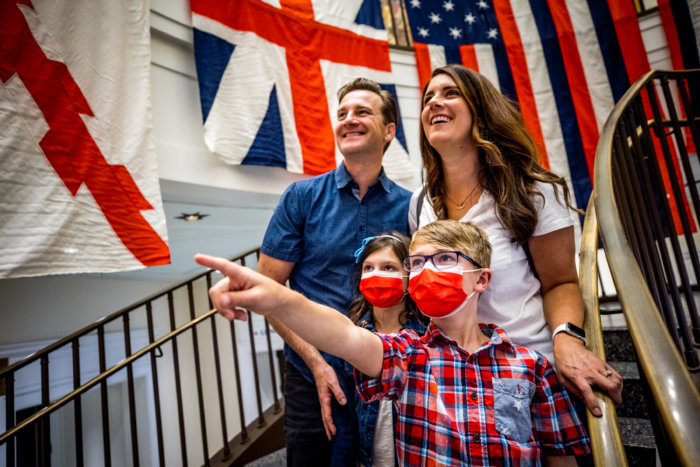
To learn more information on the Museum of the American Revolution, visit amrevmuseum.org



